The ultimate guide to effects: reverb
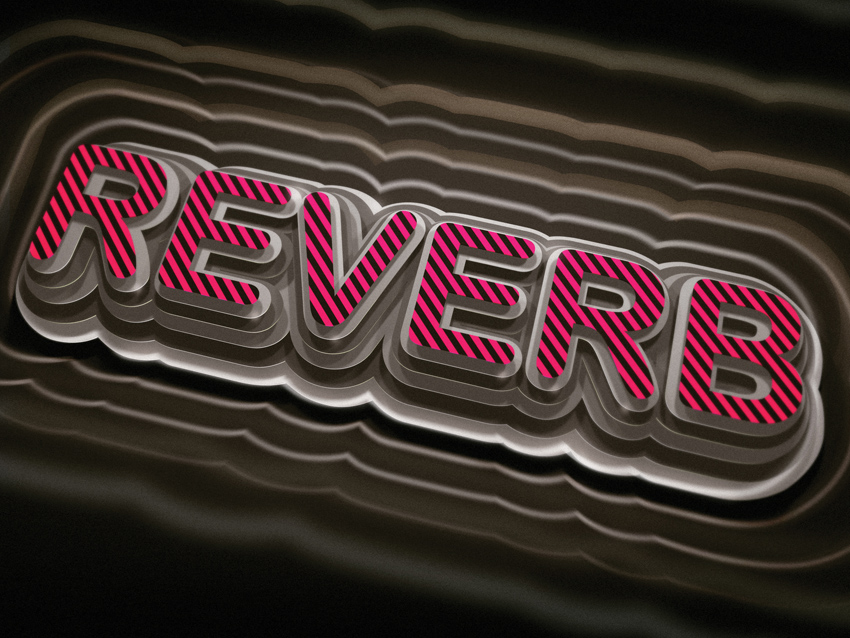
Reverberation (or 'reverb') effects are omnipresent, both in the real world and in music production. Judicious use of reverb can make the difference between a professional recording and something that sounds like it was recorded in a bedroom, adding depth and fullness to the sound.
So what exactly is reverb? Simply put, it's the sound of a space. You see, every space has a sonic signature. Think about the sound of footsteps inside a huge cathedral, for example. Now, imagine your footsteps in a tiled bathroom. These are two very different sounds, and the thing that makes them different is reverb.
When you make a sound in any space, the sound waves travel around that space, bouncing off the walls before returning back to your ears as a series of delayed echoes. These echoes will have different characteristics, depending on the size of the room, the surface materials within it and all sorts of other variables. This produces a sound far more complex than a simple echo (which is why a plain ol' delay line makes a poor substitute for reverb).
When we say that every space has a unique sonic signature, we mean it - even the smallest room has some reverb. This is why studio designers spend so much money on acoustic treatments. There are, of course, purpose-built reverb-free rooms (called anechoic chambers), but pretty much any environment you encounter in the real world will have its own 'sound'.
"When we say that every space has a unique sonic signature, we mean it - even the smallest room has some reverb."
Many recordings are made in exotic locations to exploit the sound of the space, and some recording studios (especially older ones) have dedicated reverb chambers into which audio signals are piped to impart a bit of ambience to the recording.
Obviously, such luxury is not available to most musicians and producers. Fortunately, there are plenty of artificial solutions, and you'll need to explore some of them if you want your tracks to sound like those of the pros.
Reverb types
Studio reverbs tend to come in one of four flavours. There are the aforementioned reverb chambers, and there are also massive devices called 'plate' reverbs that emulate the sound of a space by bouncing the signal off a suspended metal plate. Plate reverbs don't sound terribly natural, but they have been employed on a lot of classic recordings and as such are considered a classic studio sound.
Get the MusicRadar Newsletter
Want all the hottest music and gear news, reviews, deals, features and more, direct to your inbox? Sign up here.
Most modern reverb units will offer patches that imitate the sound of a plate reverb. They are especially useful for vocal tracks, since they do not wash the vocal in syrupy ambience but instead allow it to maintain some of its clarity.
If you're a guitarist, you will already know about 'spring' reverbs - in fact, many combo amps come with them built in. Like a plate reverb, a spring reverb is an electromechanical device, but instead of using a metal plate, it pumps the signal through a box filled with loosely suspended metal springs. This produces a characteristically metallic sound that is even less natural than that of a plate reverb.
Still, spring reverbs remain a popular choice for certain instruments and musical styles. Indeed, they have been making something of a comeback in recent years, riding the current wave of nostalgia for all things retro.
The most popular source of reverb in modern studios is undoubtedly the digital reverb processor. These units might be standalone reverb boxes, or might include reverb among many other common effects. Most of them are 'algorithmic' in nature, using delay, pitchshifting and filtering techniques to simulate real-world spaces. You might recognise the name Lexicon, by far the most famous purveyor of algorithmic reverb devices.
Not all modern reverbs are algorithmic. Recent advances in computing power have led to the introduction of 'convolution' or 'impulse' processors. These devices use recordings of natural spaces (or even other effects processors) to mathematically recreate the response of that space and apply it to an audio signal, and they can be uncannily realistic. Most of them are software-based, though a few companies have produced hardware variations.
Anatomy of a reverb
Reverbs come in a wide variety of guises. Some are dead simple, with only a few controls, while others are populated with a bewildering selection of knobs and sliders. Most of them will provide a handful of common parameters. You'll likely find a decay parameter for adjusting the length of the reverb tail, and there may also be some sort of filtering or diffusion applied to that tail. You may have a 'room size' parameter. You will likely also find a 'pre-delay', which allows you to adjust the time between the original signal and the reverb itself. This particular function is essential if you want to maintain any sort of clarity in the original signal.
Obviously, there's a lot to explore here, and it takes a bit of practice to make it all work. One of the most common failings of the bedroom producer is the overuse or misuse of reverb. If you want your main vocal line to stand out, don't slather it in 'verb. Any reverb will make a signal sound as if it were coming from a distance. You can, of course, use this to your advantage to create imaginary three-dimensional sonic spaces.
A few word of caution, though: applying reverb is a bit like pouring HP Sauce on your food. A little can enhance the flavour and make for a more enjoyable experience, but too much can overwhelm the meal and leave a bad aftertaste. That's not to say that reverb can't be used for special effects - think Phil Collins' snare or the huge dubstep soundscapes of artists such as Nero - but when used in a mix, discretion is the key to a professional sound.
Four versatile reverb plug-ins
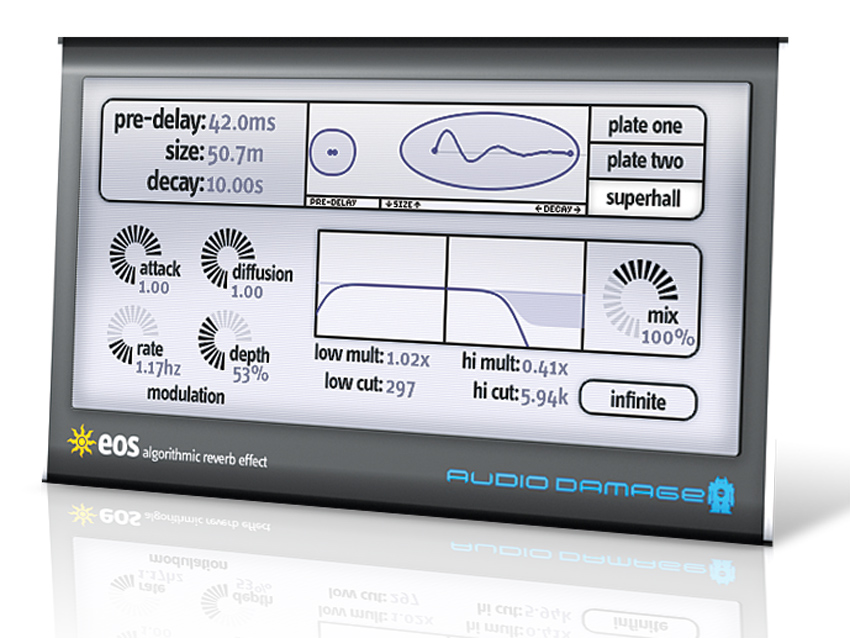
Audio Damage Eos, $49
Audio Damage is an expert at wringing a classic hardware sound from a plug-in, and Eos does the trick with not only a pair of awesome plate algorithms, but also a dense, rich 'Superhall' algorithm that sounds for all the world like Brian Eno giving an Eventide what for. This sort of rich, moving texture is not available when using convolution 'verbs.
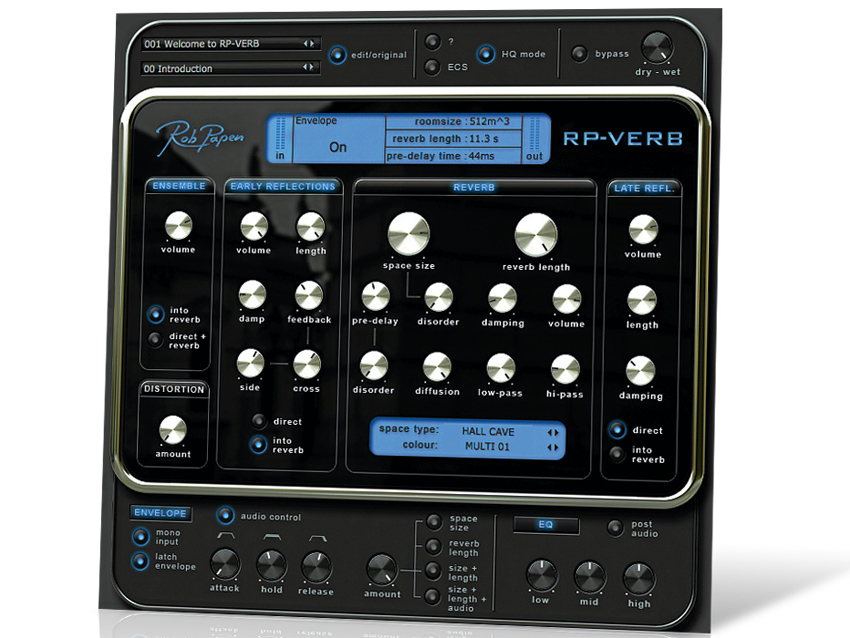
Rob Papen RP-Verb, £129
If you like your effects to fall into the 'set it and forget it' category, you can rule out Rob Papen's awesomely interactive RP-Verb. But if you like effects that can be teased, tweaked, modulated and manipulated, this baby's for you. MIDI controllers are supported, and there are some unusual inclusions such as distortion and ensemble effects. Clever stuff.
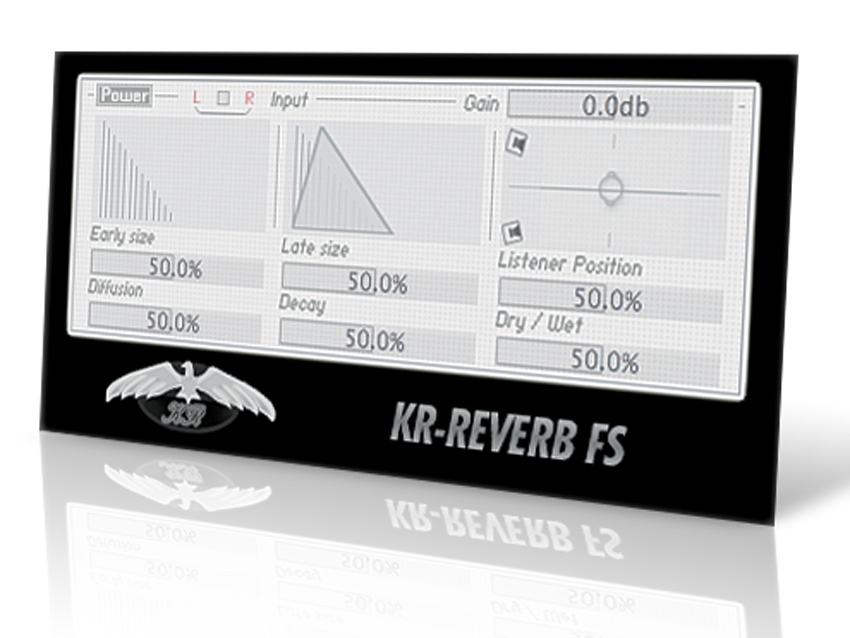
KResearch KR-Reverb Fs, Free
This is a dead-simple reverb plug-in culled from KR's commercial KR-Space. You get control over early and late reflection sizes, diffusion, decay and a whole lot more, and it'll support host sample rates up to 96KHz. KR-Reverb FS is cross-platform - there's even a Linux version.
Download KResearch KR-Reverb Fs
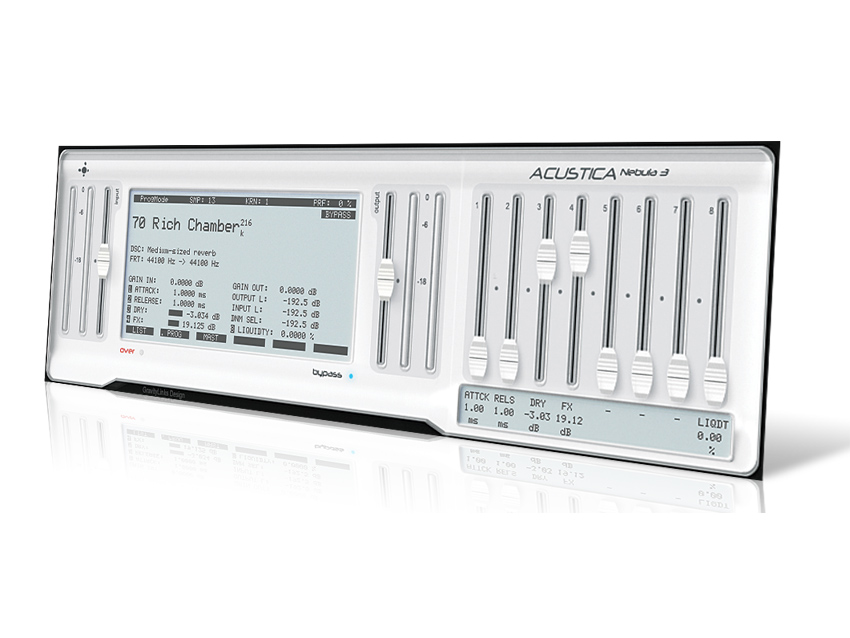
Acustica Audio Nebula3, Free/€80/€119
Nebula3 is a convolution-based multi-effects processor that can emulate a wide range of natural spaces and classic hardware devices. There are three versions, including a free one. Many impulses are bundled with the plug-in, along with N.A.T.3, which enables you to build multi-sampled impulse collections into Nebula3 patches.
Read Acustica Audio Nebula3 review
For a comprehensive selection of effects tutorials and techniques, check out Computer Music Special: Effects (issue 47) which is on sale now.
Liked this? Now read: The effects that changed music
Connect with MusicRadar: via Twitter, Facebook and YouTube
Get MusicRadar straight to your inbox: Sign up for the free weekly newsletter









